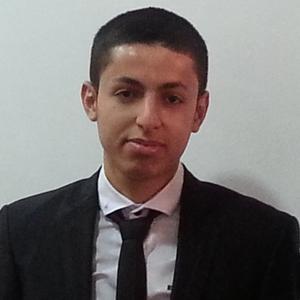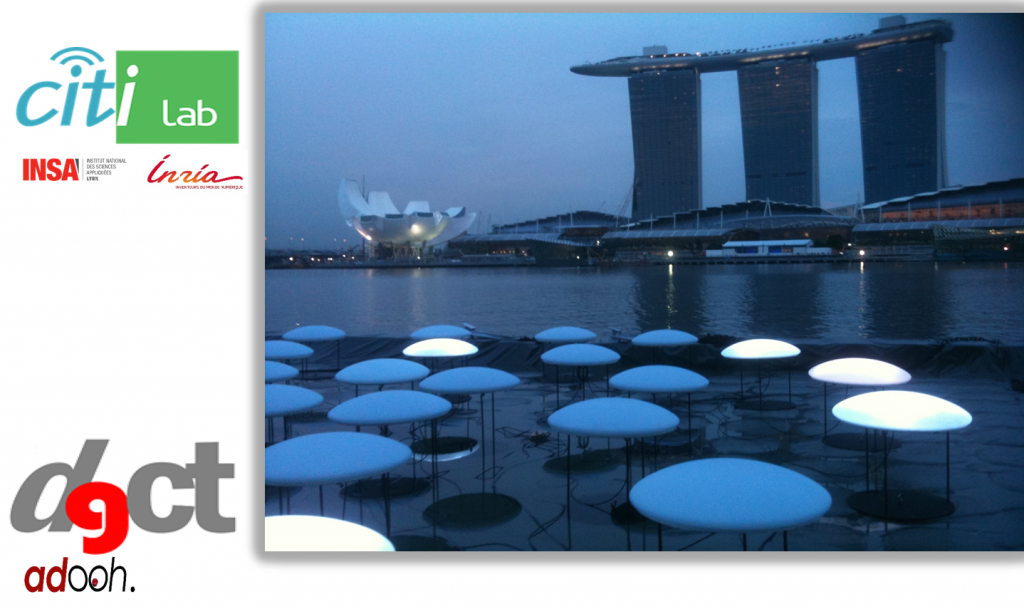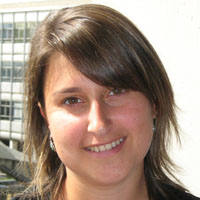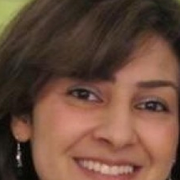
Abstract:
Since 2000, Fing “has been exploring the transforming potential of technologies, when placed in the hands of millions of people”. How to characterise this transforming potential, at a time when everybody talks about “digital transition” (and therefore a systemic change presented as both ineluctable and the “blues of the Net”)? What if “the digital era” was a pretext to allow oneself to think differently on any topic?
Based on some of Fing current works, we will look at how those works have open new ways, and the possible interactions with questions asked by the Inria researchers (and others):
– Personal data and privacy: what about focusing not only on the protection of individuals but also on their capacitation, by putting them in the position to be able to produce, capture and use their personal data for themselves?
– Ecological transition and digital transition: what if digital was the way to green transition, and ecology the collective aim missing from digital transition?
– Work: what if digital transition became an asset to bring meaning to work and professional itineraries?
Speaker Biography:
Daniel Kaplan, 53, is the founder and CEO of the Next-Generation Internet Foundation (FING), a nonprofit Think-&-Do-Tank that produces and shares novel and actionable ideas to anticipate digital transformations.
In 1986, he cofounded one of the world’s first digital communication agencies, JKLM, which he headed until the early 1990s. He then became a consultant and co-founded Proposition, a consultancy specialized in digital strategies.
Since the 1990’s, Daniel Kaplan has been deeply involved in the Internet’s development and evolution. He was VP-Membership of the Internet Society worldwide, and contributed to the creation of ICANN. He served in the European Commission’s e-Europe’s Experts Chamber and currently sits in France’s National Digital Council.
He is a member of several large companies’ and research centre’s Foresight Committees.
Mr. Kaplan has written or directed more than 25 books and public reports on the internet, mobility and ubiquitous networking, ambient intelligence, e-inclusion, e-commerce, e-education, electronic media, cities and sustainable development, privacy and digital identities…
Latest books in English:
Next-Generation Innovation, Bpifrance, 2015
Digital Disruptions, “Promises”, Fing, 2013
Digital Privacy Revisited, To protect and to project, Fyp Editions, 2010
FING : www.fing.org







